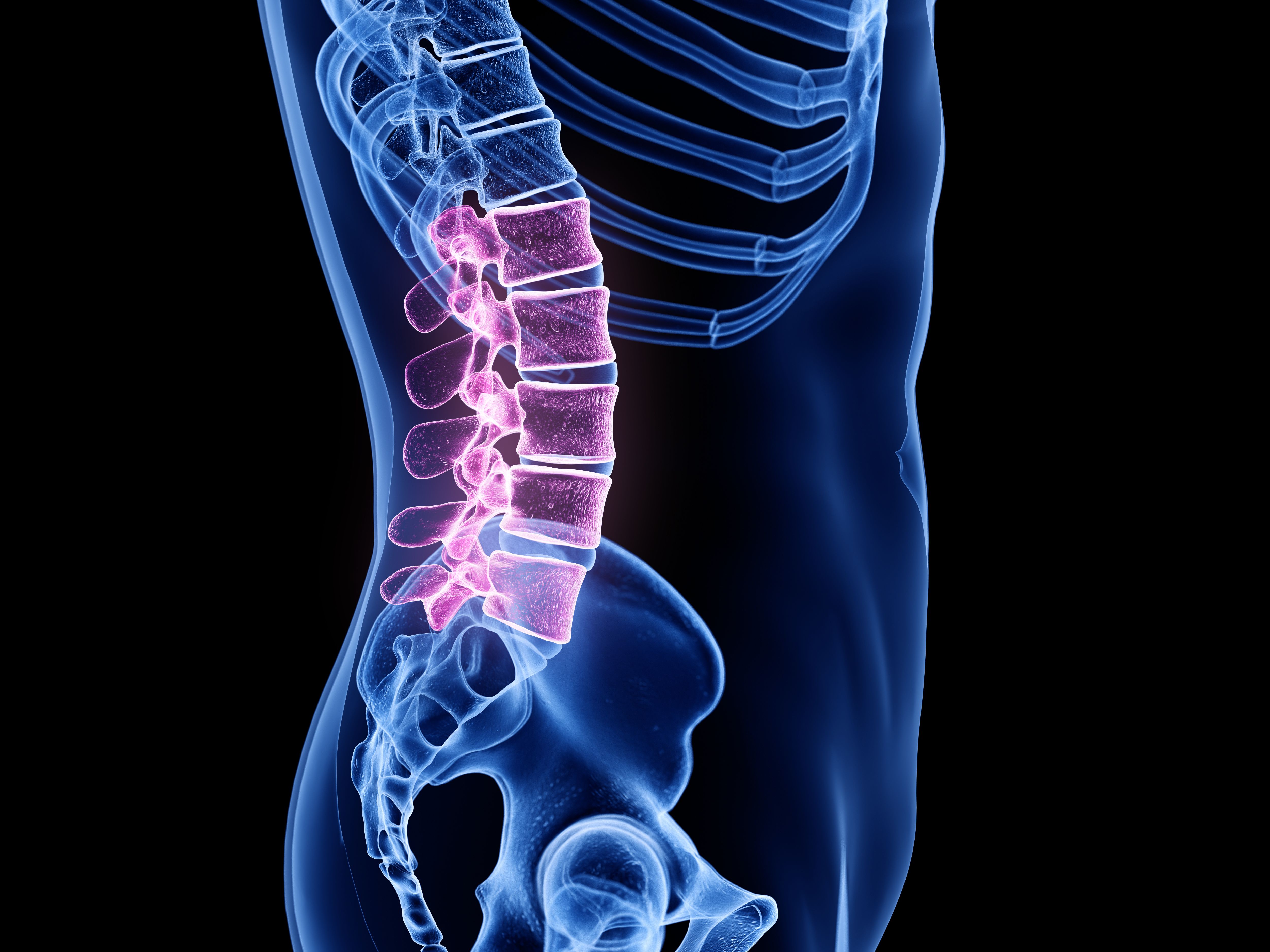Comparing denosumab to bisphosphonates in renal transplant patients
Although both treatments increased lumbar spine bone mineral density (BMD) in a retrospective chart review, denosumab demonstrated a significantly greater effect.
©Sebastian Kaulitzki - stock.adobe.com

Although both denosumab and bisphosphonate treatments increased lumbar spine bone mineral density (BMD) in a retrospective chart review of 85 renal transplant patients, denosumab demonstrated a significantly greater effect. However, the authors of the study in the journal Osteoporosis International noted that in the denosumab group, one patient developed severe hypocalcemia after the first injection and another was hospitalized for pneumonia. But no serious adverse events (AEs) were reported in the bisphosphonate group.
Methods
The study was undertaken in response to the limited number of studies evaluating denosumab and bisphosphonate in renal transplant patients and the paucity of literature about the efficacy, safety and optimal treatment protocols for these patients. It consisted of adults aged 18 or older with a history of renal transplantation who received medical care at a single tertiary care medical practice in Ontario, Canada, between January 2011 and December 2015. All patients had a minimum of two BMD measures and used either denosumab (60 mg subcutaneously every 6 months) or bisphosphonate (alendronate 70 mg orally once weekly or risedronate 35 mg orally once weekly) for at least 12 months.
Findings
Bone densitometry measures were compared between the two treatment groups (46 denosumab patients, 39 bisphosphonate patients) at baseline; years 1, 2, and 3; and at final follow-up (average of 3.4 years).
Over the treatment period, the absolute change in lumbar spine and femoral neck BMD in the bisphosphonate group was 0.029 (± 0.075) g/cm2 and - 0.003 (± 0.064) g/cm2, respectively.
In contrast, the absolute change in lumbar spine and femoral neck BMD at final follow-up in the denosumab group was 0.072 (± 0.094) g/cm2 and 0.025 (± 0.063) g/cm2, respectively. In short, the denosumab group achieved much greater increases in lumbar spine BMD (0.045 g/cm2 greater) than in the bisphosphonate group. The absolute change in BMD at the femoral neck was also 0.022 g/cm2 greater in the denosumab group compared to the bisphosphonate group.
“At final follow-up, 67% of denosumab patients, compared with only 47% of bisphosphonate patients, recorded increases in femoral neck BMD,” the authors wrote. “Similarly, 93% of denosumab patients, compared with 69% of bisphosphonate patients, recorded increases in lumbar spine BMD, at final follow-up.”
The single serious AE of hospitalized hypocalcemia in the denosumab group was a 50-year-old postmenopausal woman on glucocorticoid therapy for 15 years post-transplant. She was diagnosed with osteoporosis and secondary hyperparathyroidism. She was receiving 2000 IU of 25-hydroxyvitamin D daily, both pre- and post-injection.
Conclusions
The lack of any serious AEs linked to oral bisphosphonates in the study has been confirmed by other studies that analyzed their safety and rental toxicity. Because denosumab completely reverses its effects upon discontinuation of therapy, it is vital to take compensatory pharmacologic measures to prevent rapid bone loss and return of fracture risk, the authors cited.
On the other hand, denosumab is cleared by the retriculoendothelial system rather than through the kidneys, thus the half-life is relatively short, roughly 26 days. “This presents an attractive feature for denosumab in the case of adverse events,” the authors wrote.
The investigators recommend additional prospective studies to assess the effects of long-term antiresorptive therapy in patients with a renal transplant.
USPSTF recommends osteoporosis screening for senior women to prevent fractures
January 20th 2025The US Preventive Services Task Force emphasizes screening for osteoporosis in women aged 65 years and older and at-risk postmenopausal women aged under 65 years, citing moderate benefits in fracture prevention.
Read More
Hysterectomy without adnexal surgical procedure raises osteoporosis risk
December 19th 2023A recent study reveals that hysterectomy without an adnexal surgical procedure increases the risk of osteoporosis among women aged 40 to 59 years, emphasizing the need for informed patient consultation regarding this potential association.
Read More
